The question is, are you wearing it to the bedroom or the boardroom?
Boning your corset is always best, to be honest. In my experience, unless it’s hiding under a dress, bedroom lingerie has a shelf life of about 2.5 minutes before it lands on the floor. That 2.5 minutes doesn’t require too much support. The main point of the side boning in this corset is to keep it from folding and bunching up on you when you bend over.
(I’m sorry, I’m immature, and I’m giggling at all the double entendres as I write this.)
There are several kinds of boning that you can use both new and vintage.
Vintage Notions:My mother, the fantastic vintage dealer and former custom corset-maker literally has buildings full of vintage clothing, patterns, ribbon, fabric, notions and a million other things. Last summer on a visit home she and I dug through boxes and boxes and I stumbled across more than one large box that was overflowing with old bias tape, rick rack, needles, ribbons, spools of thread, and to my delight, a box of Warren’s Featherbone.
Needless to say, I bought an extra suitcase to drag the contents of the box home with me.
Since I’m using vintage satin and lace, it’s obvious I need to throw some vintage boning in the mix.
The Featherbone seams to be a somewhat flexible fiber and plastic composite material already covered in a neatly stitched casing.
It’s not too easy to find but so far I love working with it. There’s a box of it for sale here.
Spiral steel boning is made of a flattened, coiled metal. It is very flexible, and can be purchased by the yard or in pre-cut lengths. Spiral boning comes in different widths – the wider the bone, the more supportive. Spiral boning works nicely to shape the sides of corsets. When buying yardage of this type of boning, you will need to purchase bone tips to cover the raw ends of the bones.
Spring steel bones are very rigid, plastic coated metal bones. These are are very strong bones that are somewhat flexible, but do not easily bend. Spring steel bones come in differing widths and thickness. The thicker the bone, the less flexible it will be. Spring steel bones are great for putting on either side of your lacing, to help reinforce your eyelets, or down a flat front corset.
Plastic boning is the most common type of boning. It comes in different densities and thicknesses. Regular Plastic boning (sometimes called featherweight) is a thicker boning, that generally comes in ¼” widths. Rigilene boning is a lighter weight boning that can be easily sewn through, and tacked into place. Either type of boning is suitable for the corset girdle. Plastic boning is quite flexible, but can retain bends, unlike spiral steel boning. Most plastic boning is sold in a casing.
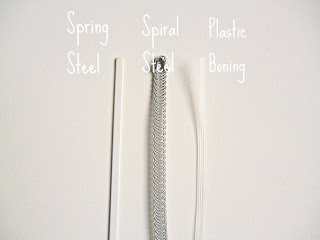
http://www.farthingales.on.ca/ Canadia corsetry and costuming supplies.
http://www.corsetmaking.com/ a US Based corset supply retailer.
http://www.venacavadesign.co.uk/ a UK Based corset supply retailer.
More on your muslin next.
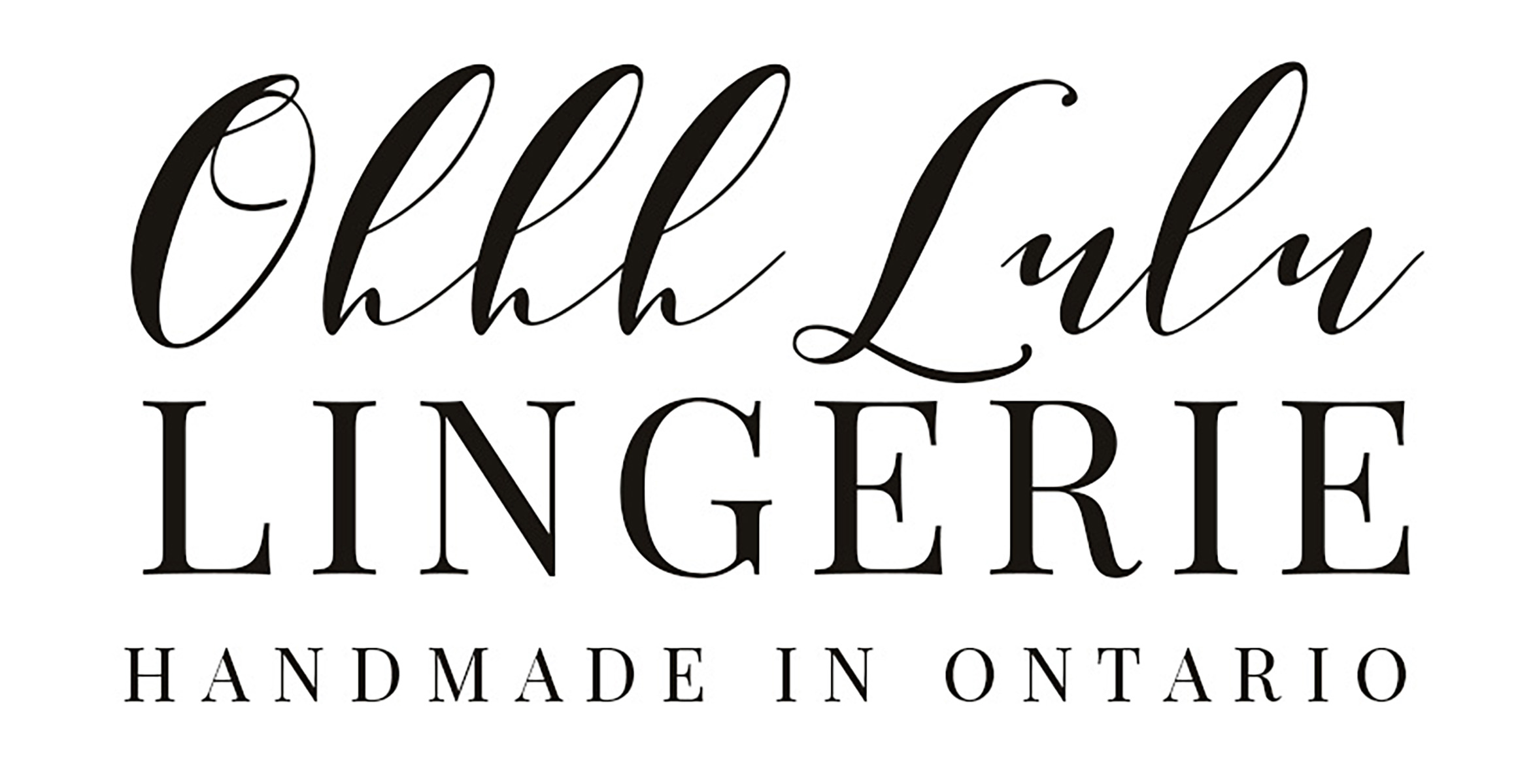
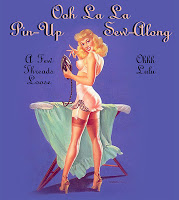


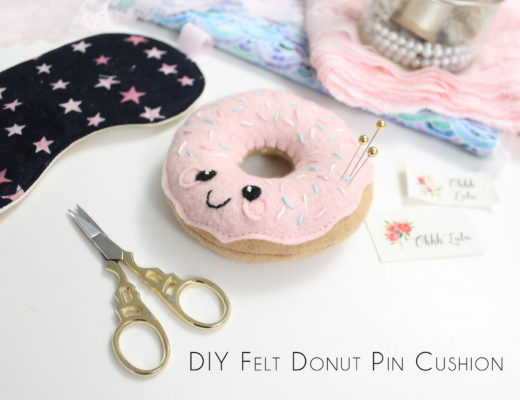
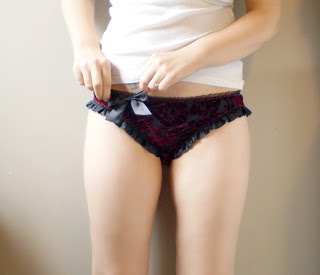
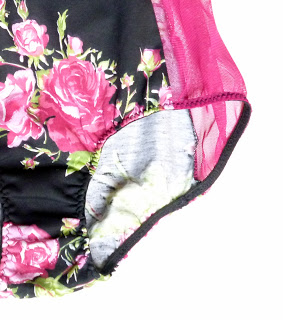
3 Comments
Joni
February 22, 2012 at 1:00 pmHow about nylon cable ties? That's what The American Duchess uses, but I don't know if they would be flexible enough for this purpose.
Sarah Elaine
February 22, 2012 at 1:39 pmHi Joni! I have used cable ties for a corset before! I put 2, side by side at each seam. They worked great for light support.
bec
May 23, 2013 at 8:31 pmThank you for this tip.